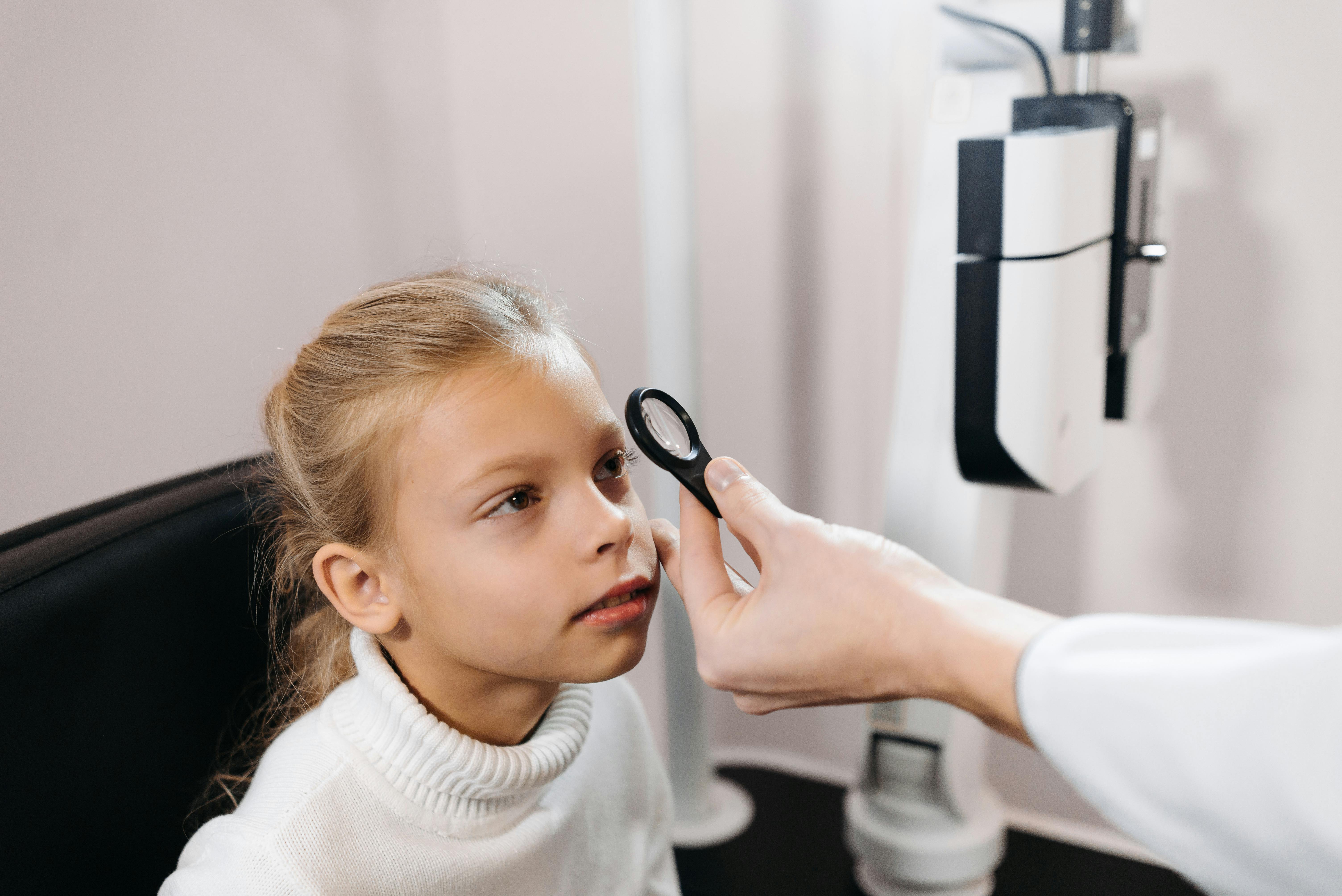Paediatric eye emergencies for the non-paediatric ophthalmologist
Clinicians who primarily work with adults, often lack confidence when it comes to assessing and managing emergency eye problems in children. This half-day course aims to address that gap by providing practical, accessible education in paediatric ophthalmology for non-paediatric ophthalmologists.
Eye problems in children can be subtle, and timely recognition and referral are crucial to prevent long-term visual impairment. Despite this, many clinicians report low confidence in assessing the paediatric eye and uncertainty around what constitutes an emergency. Basic paediatric eye examination techniques—including assessment of red reflex, visual behaviour, and ocular alignment—are often unfamiliar or under-practised among non-paediatric ophthalmologists.
While only a small proportion of children seen in general or emergency settings have serious eye conditions, those that do (e.g. leukocoria, papilloedema, orbital cellulitis) require urgent recognition. Meanwhile, common conditions like strabismus, nasolacrimal duct obstruction, amblyopia, and allergic conjunctivitis benefit from early diagnosis and referral but are often missed or referred late.
Course aims
This course aims to provide core skills and knowledge relevant to any clinician who may assess children in a generalist setting, or ophthalmologists who encounter children without formal paediatric training or paediatric nursing support.
The course aims to:
- Improve patient outcomes by enabling non-paediatric ophthalmologists to recognise common and serious paediatric eye conditions and act appropriately.
- Support clinicians in making timely and accurate referrals to ophthalmology services, reducing unnecessary delays and preventing avoidable visual impairment.
- Build participants' confidence in interacting with children with vision problems and their families.
- Increase awareness of normal vs abnormal visual development, common conditions (e.g. strabismus, amblyopia, allergic conjunctivitis), and urgent red flags (e.g. leukocoria, trauma).
- Improve practical skills in assessing children such as red reflex assessment, visual acuity testing in children and handheld slit lamp examination.
Course struture
This is a blended (hybrid) half-day course which will be divided into four one-hour sessions as listed below.
Session 1: Paediatric eye assessment & practical skills
Aims: To equip attendees with the skills to confidently assess a child presenting with an eye problem.
Topics:
- Approaching the eye examination in children.
- Taking a paediatric ophthalmic history.
- Visual acuity testing in children (age-appropriate methods).
- Eye alignment: cover test, corneal reflexes.
- Red reflex assessment.
- When and how to use drops when assessing a child.
- Practical demonstrations:
- Visual acuity testing tools (Kay pictures, Cardiff cards, etc.).
- Red reflex testing.
- Handheld slit lamp.
Session 2: Paediatric red eye & infections
Aims: To differentiate between benign and vision/life-threatening causes of red eye in children.
Topics:
- Common conjunctivitis (bacterial, viral, allergic).
- Congenital nasolacrimal duct obstruction.
- Neonatal conjunctivitis (ophthalmia neonatorum – including gonococcal).
- Preseptal vs orbital cellulitis.
- Red eye red flags: acute uveitis, corneal infection/ulcers.
Session 3: True paediatric ophthalmic emergencies
Aims: To recognise urgent and sight/life-threatening paediatric conditions.
Topics:
- Leukocoria.
- Retinoblastoma.
- Congenital cataract.
- Congenital glaucoma.
- Sudden onset squint and cranial nerve palsies.
- Papilloedema vs pseudopapilloedema.
- Endophthalmitis (post-op or endogenous).
Session 4: Ocular trauma & safeguarding in children
Aims: To identify, assess and manage common injuries and recognise safeguarding issues.
Topics:
- Ocular trauma: blunt/sharp injuries, corneal abrasions, foreign bodies.
- Chemical injuries – irrigation and urgent care.
- Orbital fractures in children.
- Non-Accidental Injury (NAI): red flags in eye presentations.
- How to escalate safeguarding concerns.
Who is this course for?
This course is aimed at doctors including GPs, A&E doctors, ophthalmology residents, paediatric specialists, nurses, allied health professionals, and students who may encounter eye conditions in children but lack formal paediatric ophthalmic training.
Accreditation
A certificate of attendance will be awarded at the end of the study day and CPD points will be applied for.
Next course date
The next date for this course is not yet confirmed. To be notified when it is, please joining the waiting list.
